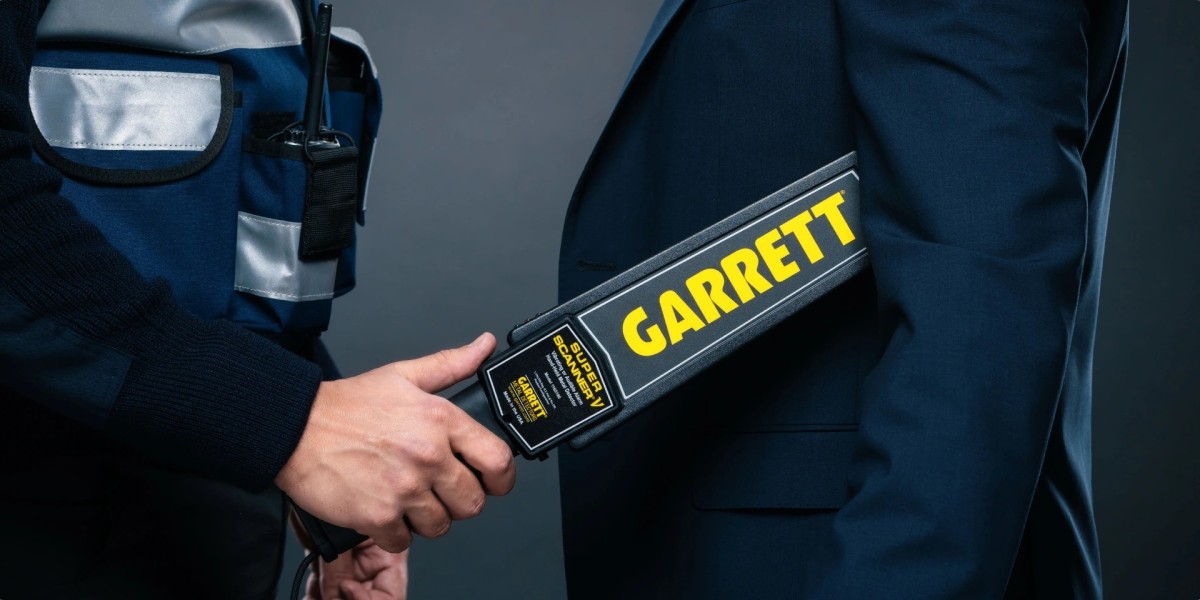In today’s evolving energy landscape, power systems are under greater demand than ever. With rising loads, stricter safety codes, and the integration of renewables, the pressure on protection systems has never been higher. At the heart of any reliable protection scheme lies one essential component: relays.
If your facility still relies on outdated electromechanical or early-generation static relays, you may be exposing your operations to avoidable risks. The good news? There's a smarter, safer, and more cost-effective solution—relay retrofitting.
What Is Relay Retrofitting?
Relay retrofitting involves replacing aging or obsolete protection relays with modern digital or numerical relays, while maintaining the existing switchgear infrastructure. Instead of a full panel replacement, this targeted upgrade preserves your current system’s layout and wiring while enhancing its capabilities.
This simple shift dramatically improves your protection system’s performance, flexibility, and reliability—without the high costs and long downtimes of full system overhauls.
Why Relay Retrofitting Matters More Than Ever
1. Old Relays Can’t Keep Up
Electromechanical relays, though rugged, are limited in functionality:
- No communication capabilities
- Fixed settings with limited flexibility
- Inability to detect evolving fault types
- Prone to mechanical wear and calibration drift
These limitations can lead to delayed fault detection, coordination issues, or even complete protection failure.
2. Modern Relays Offer Smarter Protection
Today’s digital and numerical relays go far beyond simple trip commands. They offer:
- Advanced fault detection with faster response times
- Multiple protection functions in a single unit (e.g., overcurrent, distance, differential)
- Self-diagnostics and event logging
- SCADA and communication protocols like IEC 61850, DNP3, or Modbus
- Remote configuration and monitoring
These capabilities enhance operational awareness and allow for predictive maintenance, reducing unexpected failures and downtime.
3. Cost-Effective Safety Upgrade
Retrofitting relays offers excellent ROI. Here's how:
- Lower installation cost compared to new panels
- Minimal downtime, since the switchgear remains in place
- Reduced maintenance costs over time due to fewer moving parts
- Improved energy system performance, preventing costly trips and outages
It’s a one-time investment that pays for itself through increased uptime, efficiency, and protection.
4. Compliance and Audit Readiness
Modern electrical safety standards—like IEC, IEEE, and NFPA 70E—expect protection systems to operate with speed, accuracy, and reliability. Retrofitting helps you:
- Meet latest electrical protection guidelines
- Reduce arc flash incident energy levels
- Produce detailed event reports for audits or root-cause analysis
Regulators and insurance providers often favor facilities with up-to-date protection systems, and retrofitting helps you stay ahead of the curve.
Common Applications for Relay Retrofitting
Relay retrofits can be applied in various facilities, including:
- Industrial plants
- Substations
- Data centers
- Hospitals
- Power generation stations
- Commercial buildings
Any critical power infrastructure with aging relays is a strong candidate.
When Should You Retrofit Your Relays?
Here are signs it’s time to upgrade:
- Your relays are 10+ years old or no longer supported
- You have frequent nuisance trips or unexplained breaker operations
- There is no event logging or remote access
- You’re facing difficulties in relay testing and calibration
- Your facility is undergoing load expansion or system upgrades
Retrofitting at the right time ensures your system evolves with your operational needs—not against them.
Relay Retrofitting Process: What to Expect
- Site Assessment
Evaluate existing relays, protection schemes, and system configuration. - Retrofit Design
Choose replacement relays that match the functionality and footprint of older units. - Panel Modification & Installation
Modify the existing panel with minimal disruption. Integrate wiring, interface modules, and HMI if needed. - Testing & Commissioning
Perform functional and relay coordination testing to ensure correct protection logic. - Documentation & Training
Deliver test reports, logic diagrams, and train personnel for smooth handover.
Conclusion: Enhanced Protection Starts with Smart Decisions
Your electrical system is only as strong as its weakest point. If you're still relying on outdated relays, you may be compromising not just your protection strategy—but your operational reliability and safety.
Relay retrofitting is a smart, future-ready step that offers maximum impact with minimal disruption.
It’s time to upgrade your protection system—not because something failed, but to ensure it never does.








